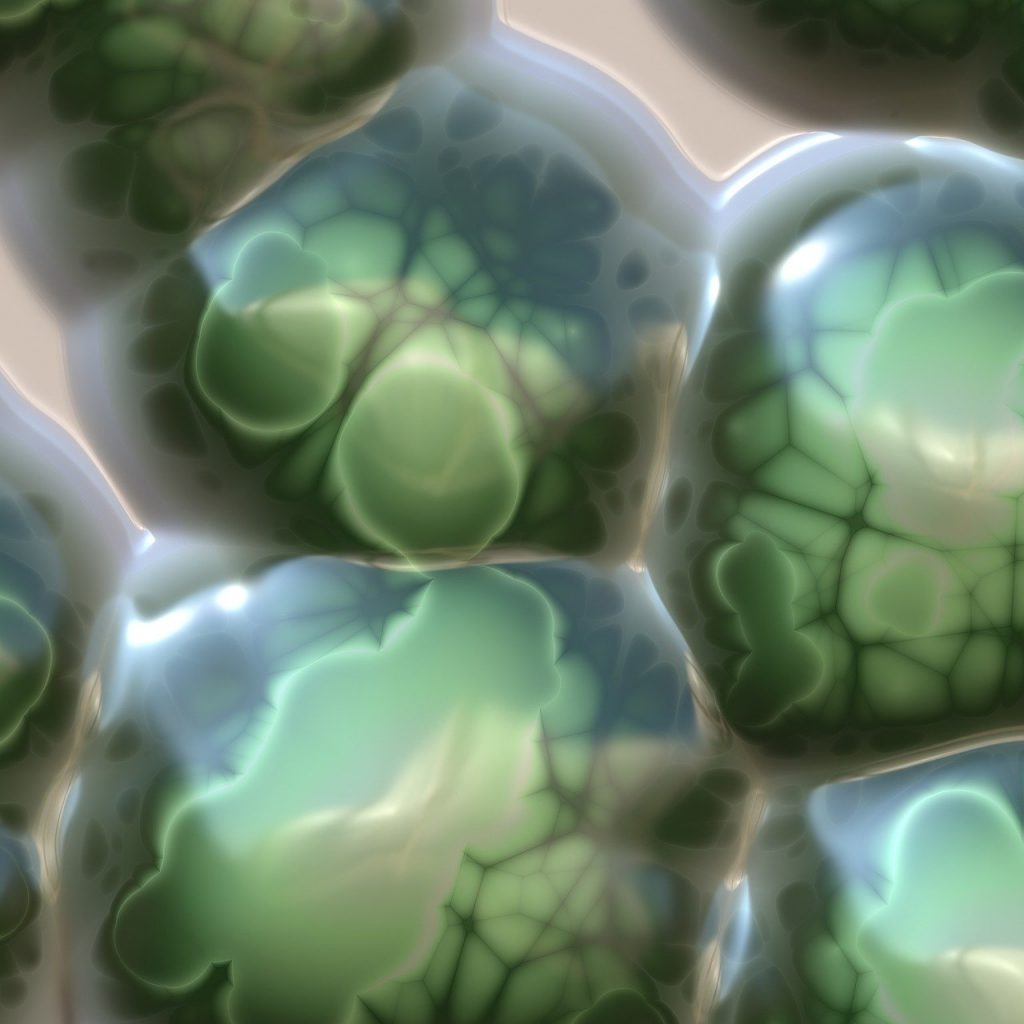The age of slime

Spanning almost 2-billion years, the planet was a lonely place at the dawn of the aeon, an inhospitable world.
The Proterozoic that gave birth to the first true animals and set the precedent for the Cambrian Explosion
Highlights of the Proterozoic
- Supercontinents rise and fall
- Multicellular life takes over
- First primitive animals evolve
- 2 billion years ago: Chaugnar Faugn incarnates in a primitive form on Earth. It evolves itself over the coming millenia.
- 1.5 billion years ago Juiblex, rules Rodinia
- The Oxygen Catastrophe transforms Earth
- Several major glaciations occur
- 1 billion years ago: The Elder Things arrive on Earth. They land in the frozen Antarctic Ocean and found their first city there. The Elder Things create the proto-shoggoth (which may be Ubbo-Sathla), which in turn produces other creatures that act as servitors and food.
- 900 million years ago: By this time, Elder Thing cities have spread across the oceans of Earth.
- 800 million years ago: The Elder Things adapt to land. Many remain in the oceans, however.
- 750 million years ago: The Flying Polyps arrive on Earth, and build their basalt towers on the land. They try to expand into the oceans, sparking a bitter war with the Elder Things. Eventually, the Elder Things are victorious.
- First sexual reproduction
Oxygen Becomes a Weapon of Mass Destruction
Green slime, is the organism responsible for the transformation of the Earth’s atmosphere in the Oxygen Catastrophe.
At the turn of the Archean, methane in the atmosphere tinted with shades of red or orange. The oceans had a distinct greenish tint in them.
The first occurrence of photosynthesis, a process that produces oxygen, occurred almost a billion years before the beginning of the Proterozoic. For near a billion years, the Earth’s atmosphere managed to retain a balance, but that all changed 2.5- to 2.3-billion years ago. Green slime which still exist to this day, colonized the entire globe, the amount of oxygen produced reached critical mass.
As the Earth’s atmosphere shifted completely out of balance the oxygen holocaust was responsible for one of the most apocalyptic events that the world has ever seen. Oxygen, created by green slime was responsible for completely transforming the entire biological makeup of all life on Earth and most early lifeforms perished.
While slimes and oozes managed to thrive, creating an entirely new ecosystem in which new species could evolve.
The Rise of Rodinia
After the breakup of the Paleoproterozoic supercontinent Columbia in the beginning of the Mesoproterozoic some 1.6-billion years ago, the fragmented lands came together to form the first recognizable Precambrian supercontinent, and the land of Rodinia was born. Surrounded by an ocean named Mirovia. As lands collided to build Rodina, mountains, valleys and lakes formed.
Sexual Reproduction Paves the Way for Complex Life
One of the most important events of the entire Precambrian period occurred in the Mesoproterozoic era, and that was the first sexual reproduction, a vital precursor to the development of complex life as we know it. Life on Earth was no longer restricted to bacteria, slimes, oozes elementals and outsiders living together in colonies.
Although it was still hundreds of millions of years before they would colonise the land, the very first plants also evolved during the Mesoproterozoic in the form of green algal mats along the shorelines of Rodinia. At the same time, freshwater lakes also became home to a multitude of these communities of primordial plants, though inland regions remained stark and lonely places that were largely void of all but the most basic forms of life.
The World Freezes Over
The Mesoproterozoic era ended a billion years ago with the beginning of the Neoproterozoic, the last geological era before the Phanærozoic aeon, which we live in today. During the Tonian period, the first of three periods of the Neoproterozoic, the first carnivorous oozes appeared.
Some 850-million years ago, Rodinia began to break up, heralding the beginning of the Cryogenian period, a time of some of the most extreme climate change in the history of the Earth. The Earth froze over three times during this period, which lasted until 650-million years ago. During the Cryogenian the first animals appeared.
For millions of years at a time the world was entirely, or almost entirely, covered with ice and snow and that even the oceans were mostly frozen solid. The first of these so-called Snowball Earths occurred at the beginning of the period, gradually growing more severe with each major glaciation event. At the same time, the amount of oxygen in the atmosphere continued to mount, affording life the opportunity to evolve to an entirely new level of sophistication.
720-million years ago, the Sturtian glaciation event saw ice sheets covering most of the planet, even the equatorial regions of Earth were covered with ice during this time. However, due to large amounts of volcanic activity, the planet was probably more of a muddy ball of slush rather than a snowball. The final major glaciation ended around 635-million years ago, as the oceans defrosted and the glaciers receded, finally lifting the restrictions on the development of plant and animal life.
The First Animals
Around, 650-million years ago, towards the end of the Cryogenian period, the first animals evolved by the time the Cryogenian ended 635-million years ago, life was already well on its way to developing complex biological systems throughout the world’s oceans.
As the Earth thawed, life radiated and complex biodiversity finally became a reality, complex multicellular organisms appeared in the form of the earliest plants and animals. By the end of the Ediacaran period, the Earth’s oceans were teeming with life, including the very first jellyfish.
Conclusion
By the end of the Ediacaran, and the end of the Proterozoic and the Precambrian supereon, the Earth would have been relatively familiar to us. Early animals started to change the environment, dominating global ecosystems.

 Buy me a coffee
Buy me a coffee